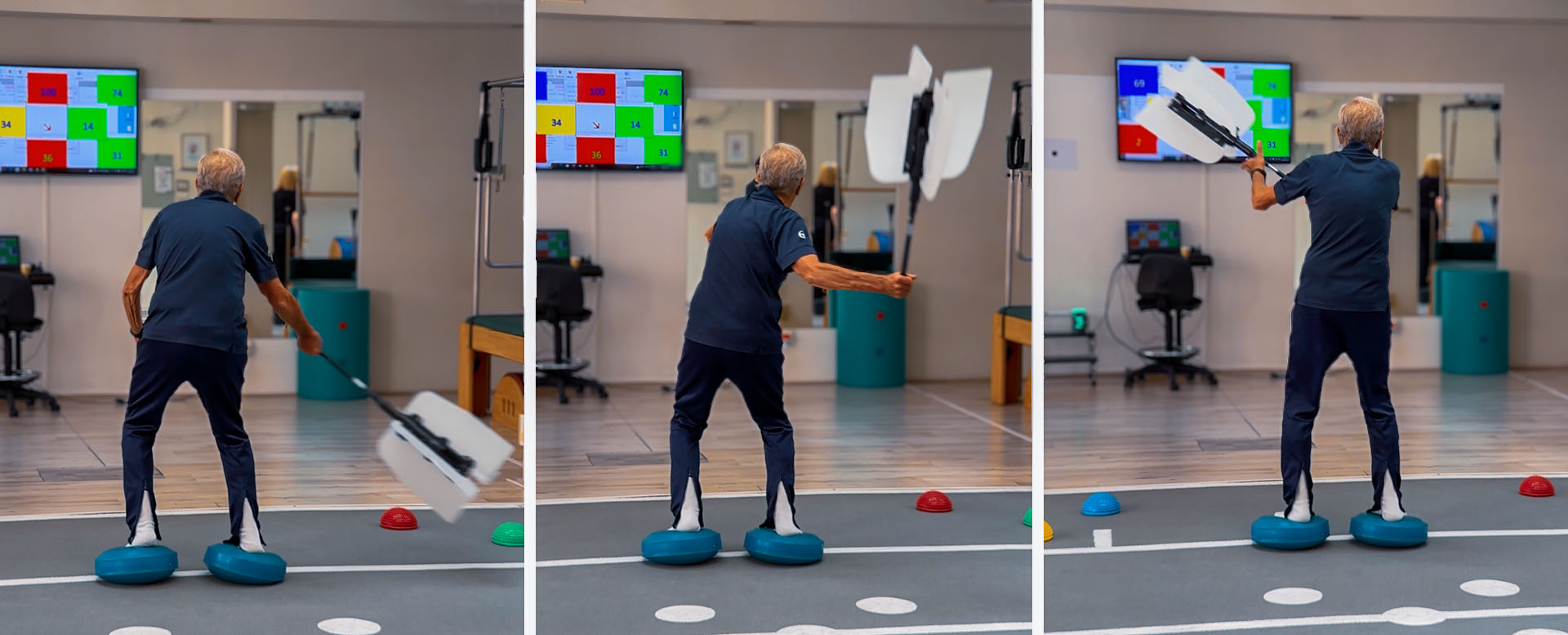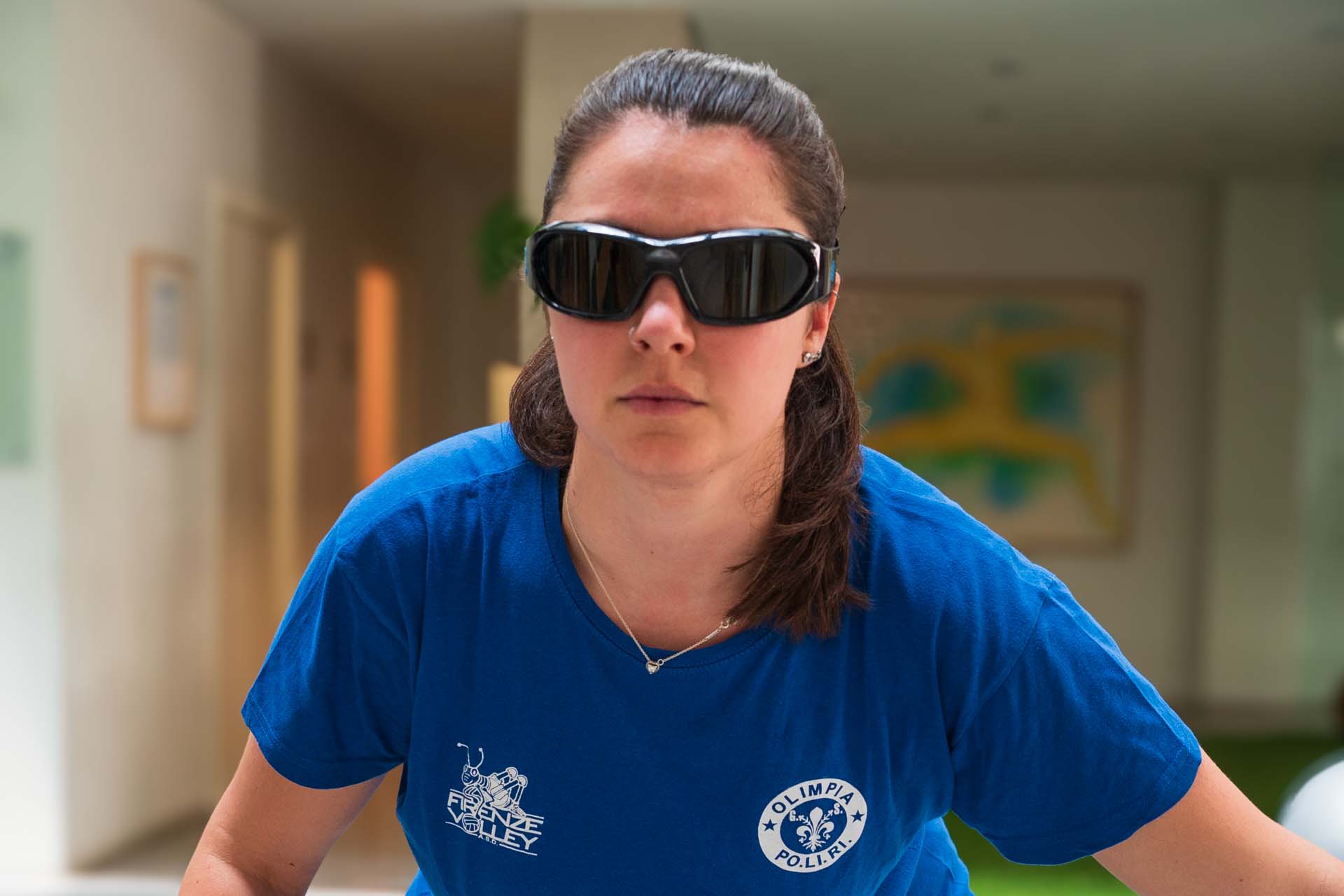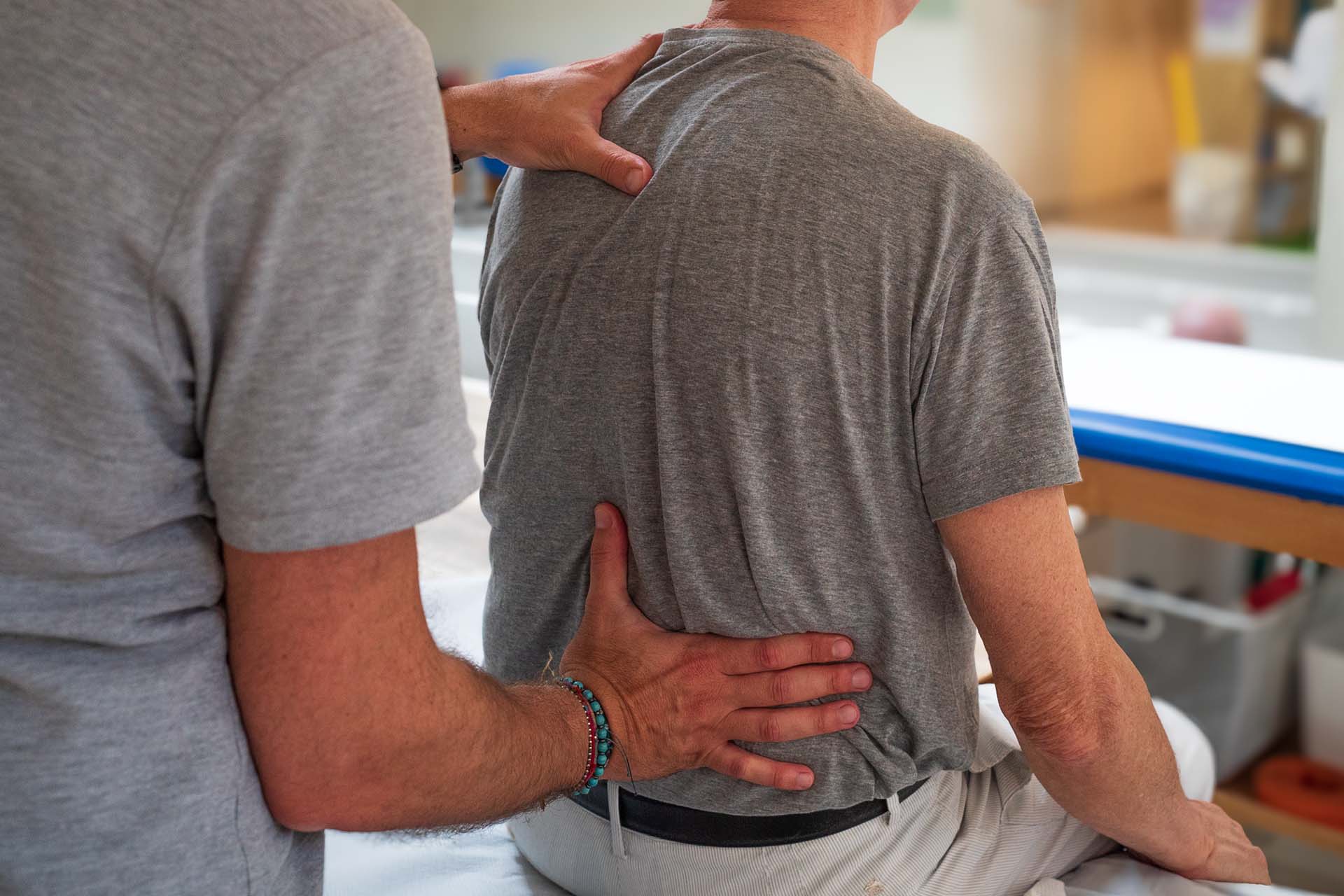Many of our daily activities require our brains to quickly process visual and cognitive information from the environment to perform correct motor actions. Whether we are driving, playing sports or simply walking, we need to see what is around us, focus on the most important elements and react appropriately.
A new approach to rehabilitation, which combines sensorimotor exercises and involves both the person and the environment, is gaining attention.
This method helps improve motor coordination and reduce the risk of injury by reactivating the brain’s motor skills, and is known as Neuroplastic Rehabilitation.
This type of rehabilitation uses techniques that stimulate motor learning and neurocognitive skills.
Some tools include training with an external focus, implicit feedback, differentiated exercises, and the use of virtual reality.
- Contextual Interference Exercises:
Random numbers and colors appear on a screen. The patient must perform different exercises based on what appears. - Unanticipated Reaction Exercises:
Lights are turned on randomly and the patient has to turn them off quickly, touching only lights of a particular color. - Sensory Re-weighting Exercises:
Using strobe glasses, which limit vision, motor centers are stimulated to improve proprioception. - Visual Perturbation:
With virtual reality, exercises are performed to improve balance and stability. - Visiomotor Activation:
With the Senaptec Sensory Station device, ten skills related to vision and hand-eye coordination, which are critical for improving sports performance, are assessed. Skills measured include visual acuity, depth perception, hand-eye coordination and reaction time.
Related articles
F.A.Q
Both Pilates and yoga are systems that involve the mind and body and whose…
Visio-Motor Assessment
Athletes, coaches and trainers are constantly looking for ways to improve these…
Functional Back Rehabilitation
It is estimated that one in three people suffer from ‘back pain’. Medical…




